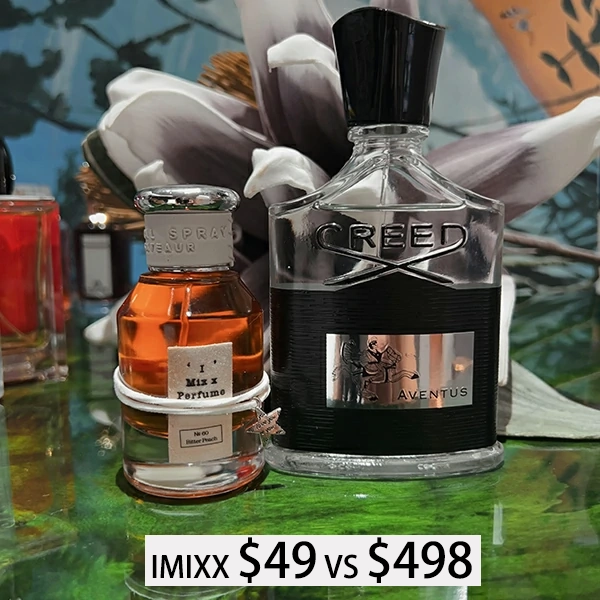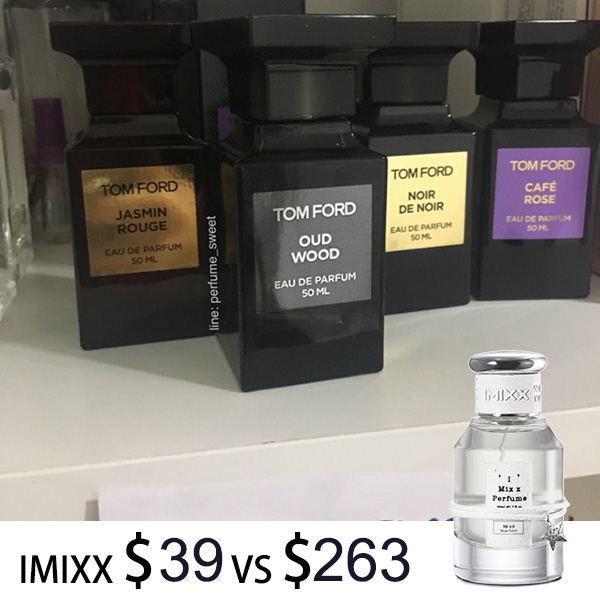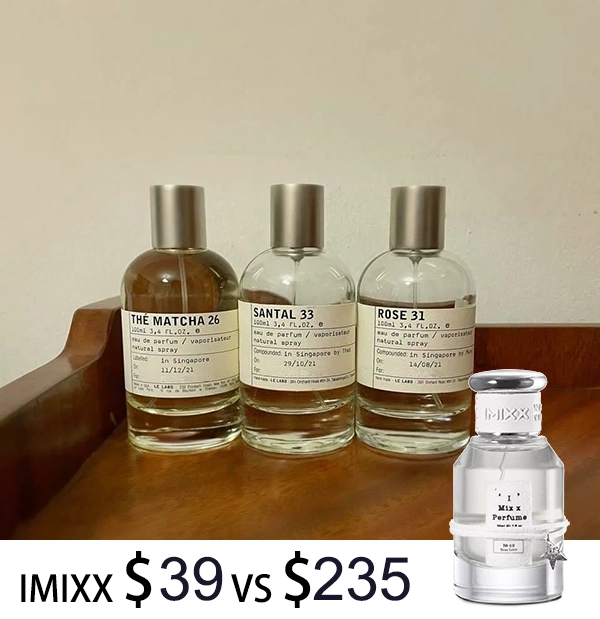Ever Wondered How Are Colognes Made? How are colognes made? This simple yet intriguing question opens the door to the rich and complex world of perfumery. Creating colognes is both an art and a science, blending raw materials, creativity, and technology. At IMIXX Perfumes, we take inspiration from this intricate process to craft high-quality fragrance replicas with 99.98% accuracy to luxury scents. Whether you’re in the USA or beyond, understanding the process behind your favorite colognes adds an extra layer of appreciation for the fragrances you wear.
This comprehensive guide will break down how colognes are made, discuss their ingredients, and highlight the exceptional craftsmanship of IMIXX Perfumes. Whether you’re exploring cologne replicas, inspired perfumes, or perfume alternatives, we’ve got you covered.
What is Cologne and How Is It Different from Perfume?

Before diving into how colognes are made, it’s essential to understand the key distinctions between cologne and perfume. While both are forms of fragrance designed to enhance your personal scent, they differ in concentration, longevity, and composition.
| Attribute | Cologne | Perfume |
|---|---|---|
| Concentration of Oils | Typically 2-5% | Ranges from 15-30% |
| Longevity | Lasts around 2-4 hours | Lasts up to 8-12 hours |
| Scent Profile | Often lighter, fresher, and more citrusy | Typically richer, deeper, and more complex |
| Price Range | Generally more affordable than perfumes | Often higher due to higher concentration |
| Target Audience | Frequently marketed to men, but also unisex | Commonly targeted at women, but widely unisex |
| Usage Occasion | Ideal for casual or daytime wear | Suited for formal events or evening wear |
| Layering Potential | Easy to layer with other fragrances | Often worn as a standalone statement scent |
Deeper Insights into Cologne and Perfume
1. Concentration and Intensity
The concentration of essential oils is one of the most significant differences between cologne and perfume. Cologne’s lighter formula makes it less overpowering, perfect for those who prefer subtle, refreshing scents. Perfume, on the other hand, is designed to linger longer with a more intense presence, making it ideal for special occasions.
2. Longevity and Strength
Due to its lower oil concentration, cologne typically lasts between 2-4 hours, requiring reapplication throughout the day. Perfume, with its higher concentration, offers greater longevity, lasting up to 12 hours or more. This distinction often determines when and where each is worn.
3. Scent Profile and Notes
Colognes are known for their fresh and airy qualities, often featuring citrus, herbal, and aquatic notes. Perfumes, however, are richer and more complex, blending florals, spices, and deep woods. These profiles cater to different tastes and occasions, with cologne being lighter for casual use and perfume offering sophistication for formal events.
4. Gender and Marketing
While cologne is traditionally marketed to men, many modern colognes feature unisex profiles that appeal to all genders. Perfumes are often associated with women but are increasingly designed to be gender-neutral. The rise of niche fragrances, such as IMIXX Perfumes’ clones, further blurs these traditional distinctions, offering versatile options for every preference.
Why Choose Cologne Over Perfume?
- Perfect for Everyday Wear: Its light and subtle scent make cologne ideal for casual settings or daytime activities.
- Cost-Effective Option: Colognes are generally more affordable, allowing users to explore multiple scents without a hefty investment.
- Layering Flexibility: Because of its lighter composition, cologne can be layered with other fragrances to create a unique, personalized scent profile.
Cologne and Perfume: Complementary Choices
While cologne and perfume serve different purposes, they can work together to provide a versatile fragrance wardrobe. For example:
- Use cologne for the office or daytime outings.
- Switch to perfume for evening events or formal gatherings.
At IMIXX Perfumes, we offer a wide range of dupe colognes and perfume replicas that allow you to enjoy both without overspending. Explore our collection at Pick by Brand to find your ideal scents.
Step-by-Step Process: How Are Colognes Made?
The journey of creating cologne involves several precise steps that combine traditional techniques with modern innovation.
1. Sourcing Ingredients
The foundation of any cologne lies in its ingredients. These include:
- Essential oils: Derived from flowers, fruits, spices, and woods (e.g., rose, citrus, cedar).
- Synthetic compounds: Used to replicate rare or expensive natural ingredients.
- Alcohol and water: Serve as carriers for the scent.
IMIXX Perfumes sources ingredients from globally renowned regions like Grasse, France, ensuring that every dupe fragrance reflects the quality and richness of luxury brands.
2. Crafting the Scent Profile
A cologne’s scent profile consists of three key layers:
- Top Notes: The initial scent you smell, typically fresh and fleeting (e.g., citrus, mint).
- Heart Notes: The core of the fragrance, lasting longer and adding depth (e.g., florals, spices).
- Base Notes: The foundation of the scent, lingering the longest (e.g., musk, amber).
Creating a harmonious balance between these layers is a delicate process. At IMIXX, our clone fragrances are meticulously crafted to match the complexity of high-end originals.
3. Blending and Aging

Once the ingredients are selected, they are blended in precise proportions. The mixture is then aged for weeks or even months to allow the components to harmonize fully.
Aging ensures that the final fragrance achieves its intended depth and character. This step is crucial for both luxury and dupe perfumes alike.
4. Dilution and Finalization
After aging, the concentrate is diluted with alcohol and water to achieve the desired strength (e.g., Eau de Cologne, Eau de Toilette). The mixture is then filtered to remove impurities and achieve clarity.
IMIXX uses state-of-the-art filtration methods to ensure that every inspired perfume is as refined and pure as its luxury counterpart.
5. Bottling and Packaging
The final cologne is bottled in high-quality containers that protect its integrity. Packaging is designed to reflect the elegance of the fragrance inside, completing the process.
What Ingredients Are Used to Make Colognes?
Colognes can contain a mix of natural and synthetic ingredients. Here are some common components:
| Category | Examples | Purpose |
|---|---|---|
| Citrus Notes | Lemon, bergamot, orange | Provide freshness and vibrancy |
| Floral Notes | Jasmine, rose, lavender | Add elegance and softness |
| Woodsy Notes | Sandalwood, cedarwood, vetiver | Create depth and warmth |
| Spicy Notes | Cinnamon, cardamom, pepper | Introduce boldness and character |
| Synthetic Compounds | Ambroxan, iso E super | Replicate rare or animal-derived ingredients |
Why Choose IMIXX Perfumes for Cologne Replicas?
At IMIXX Perfumes, we specialize in crafting fragrance replicas that rival the originals. Here’s why we’re the best choice for US shoppers:
- Unmatched Accuracy: Our fragrances are recreated with 99.98% similarity, delivering the same luxurious experience.
- Sustainably Sourced: We prioritize eco-friendly methods, ensuring a guilt-free purchase.
- Affordable Luxury: Enjoy high-end fragrances at a fraction of the price.
- Extensive Collection: From Tom Ford to Creed, explore our Pick by Brand section for a wide variety of options.
FAQs About How Colognes Are Made
1. What ingredients are used to make cologne?
Colognes typically use essential oils, alcohol, water, and sometimes synthetic compounds to create their scent profiles. Common notes include citrus, florals, woods, and spices.
2. What is the difference between cologne and perfume?
Cologne has a lower concentration of essential oils (2-5%), making it lighter and more refreshing, while perfume has a higher concentration (15-30%) and is richer and longer-lasting.
3. Can cologne be made at home?
Yes, cologne can be made at home using essential oils, alcohol (such as ethanol or vodka), and distilled water. However, replicating professional-grade colognes requires expertise and access to high-quality ingredients.
4. How long does it take to make cologne?
The production process for cologne can take anywhere from a few weeks to several months. This includes the time needed for blending, aging, and filtering the fragrance.
5. What is the role of alcohol in cologne production?
Alcohol serves as a carrier for the fragrance oils and helps disperse the scent evenly when applied. It also aids in the evaporation of the fragrance, allowing the scent to be released into the air.
6. How are cologne scent profiles created?
Scent profiles are created by combining top, heart, and base notes. These layers work together to form the full fragrance experience, with top notes being the initial impression and base notes providing lasting depth.
7. Are synthetic ingredients used in cologne?
Yes, synthetic ingredients are often used to replicate rare or expensive natural materials, such as ambergris or musk. These compounds also ensure consistency and longevity in modern cologne formulations.
8. How do natural ingredients differ from synthetic ones in cologne?
Natural ingredients are derived directly from plants, flowers, and other organic sources, while synthetic ingredients are lab-created to mimic or enhance certain scents. Both are used in cologne production for balance and creativity.
9. What are the safety regulations for cologne production?
Cologne manufacturers must adhere to strict safety guidelines set by organizations like the IFRA (International Fragrance Association). These regulations ensure that fragrances are safe for skin use and environmentally friendly.
10. How do fragrance notes affect the overall scent?
Each fragrance note plays a role in shaping the cologne’s character. Top notes provide an immediate impression, heart notes add complexity, and base notes create longevity and depth.
11. What are the environmental impacts of cologne production?
Sustainable practices, such as using eco-friendly extraction methods and responsibly sourced materials, help minimize environmental impact. IMIXX Perfumes incorporates such methods into its production process.
12. Can cologne be personalized?
Yes, colognes can be customized by selecting specific fragrance notes and blends. Many niche brands and perfumers offer bespoke cologne services, allowing you to create a scent unique to your preferences.
Recommended Cologne Replicas at IMIXX Perfumes

Here are some of the best cologne replicas available at IMIXX:
- Creed Aventus (Replica)
A bold, fresh scent with notes of pineapple, birch, and musk. Perfect for confident individuals. - Le Labo Santal 33 (Replica)
A modern, woody fragrance featuring sandalwood, leather, and papyrus. - Tom Ford Oud Wood (Replica)
Exotic and smoky, with rich notes of oud, cardamom, and amber.
Browse the full collection at IMIXX Perfumes to find your signature scent.
Conclusion: The Art Behind Colognes
Understanding how colognes are made adds depth to your appreciation of these fragrances. From sourcing premium ingredients to blending and aging, every step contributes to the final product. At IMIXX Perfumes, we honor this process by crafting dupe perfumes that capture the essence of luxury scents.
Explore our Pick by Brand collection today and experience the art of fragrance at an affordable price. Whether you’re new to colognes or a seasoned enthusiast, IMIXX ensures every spritz is a masterpiece.

